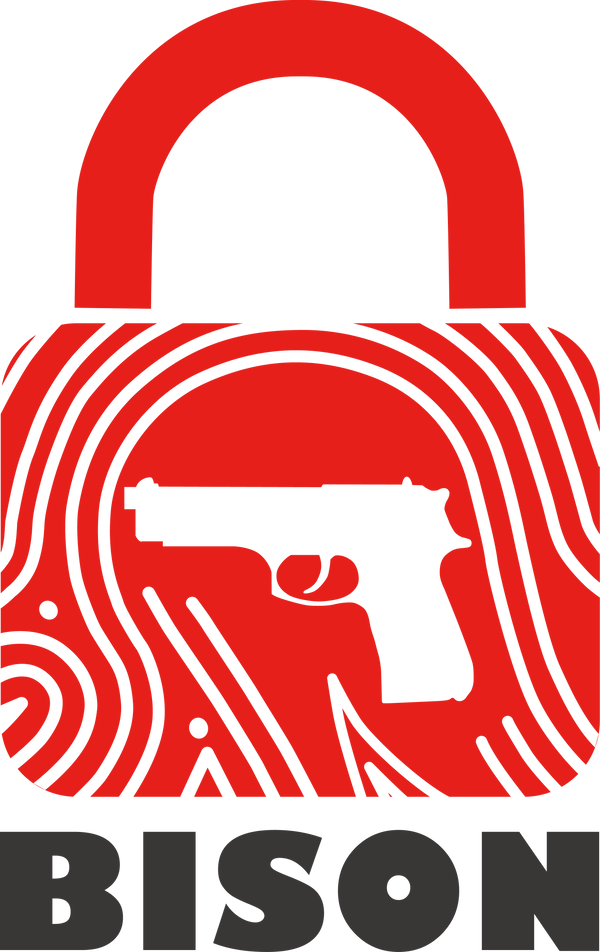With the increasing number of firearms and growing concerns about firearm safety, the global market for gun locks is expanding. The demand and usage of gun locks vary across different regions, influenced by legal, cultural, and social safety factors. According to market research, the global gun lock market was valued at approximately $850 million in 2022 and is expected to reach $1.2 billion by 2027, with an annual growth rate of around 7%.
North American Market
In North America, particularly the United States, gun ownership rates are very high. According to Pew Research Center, about 40% of American households own firearms. Due to frequent gun violence incidents and accidental injuries involving children, the demand for gun locks has been steadily increasing. In the U.S. market, smart gun locks are becoming increasingly popular, with products like Biometric Gun Safes gaining favor for their convenience and high security. Statista reports that the U.S. smart gun lock market reached $300 million in 2023, accounting for 35% of the global market.
European Market
European countries have relatively strict gun control regulations, resulting in lower gun ownership rates. However, there is still a demand for gun locks. European countries emphasize safety education and preventive measures, with gun locks primarily used for hunting rifles and sports shooting firearms. Germany and the UK are among the largest markets in Europe, offering a wide range of products, from traditional mechanical locks to modern electronic locks. In 2022, the European gun lock market was valued at $200 million and is expected to grow to $300 million by 2027.
Asia-Pacific Market
The Asia-Pacific region generally has lower gun ownership rates, but in countries like the Philippines and Thailand, where gun control is relatively lenient, the gun lock market is gradually growing. In China, strict gun control means the gun lock market is mainly concentrated in law enforcement and security sectors. Japan is known for its high safety standards, with limited market demand but a preference for high-quality safety locks. The Asia-Pacific gun lock market was valued at $150 million in 2022 and is projected to reach $250 million by 2027.
Latin American Market
Latin America faces high crime rates, and countries like Brazil and Mexico have significant demand for gun locks. Gun locks in these countries are used not only for personal protection but also by private security firms and law enforcement agencies. The market offers mainly affordable and easy-to-use mechanical locks. In 2022, the Latin American gun lock market was valued at $100 million and is expected to grow to $180 million by 2027.
Market Drivers
Safety Needs: Increasing public awareness of safety, preventing accidental injuries to children, and reducing firearm theft are major factors driving the growth of the gun lock market. According to Everytown for Gun Safety, approximately 350 children in the U.S. die each year due to unsecured firearms.
Legal Regulations: Legal requirements for firearm safety management significantly impact the gun lock market. Mandatory safety regulations can directly boost gun lock sales. For example, California laws require firearms to be locked when not in use to prevent unauthorized access.
Technological Innovation: The development of smart gun lock technologies, such as biometric and IoT applications, attracts many consumers and increases market demand. A report by Grand View Research indicates that the smart gun lock market is expected to grow at an annual rate of 15% from 2023 to 2027.
Market Challenges
Price Sensitivity: High-tech gun lock products are relatively expensive, which may limit the purchasing power of some consumers. High-end smart gun locks typically range from $200 to $500, while traditional mechanical locks are priced between $50 and $100.
Regulatory Inconsistencies: The varying legal requirements across different countries and regions can complicate market expansion. For example, U.S. states have different gun lock requirements, necessitating different marketing and product design strategies for manufacturers.
Consumer Education: In some areas, consumer awareness of gun locks is insufficient, requiring enhanced education and promotion. According to a National Shooting Sports Foundation (NSSF) survey, only about 50% of U.S. gun owners regularly use gun locks.
The future of the gun lock market looks promising, with increasing safety demands and technological advancements driving growth. Companies should pay attention to regulatory changes in different regions, improve product technology, and strengthen consumer education to fully capitalize on market opportunities. For instance, the global smart gun lock market is expected to reach $400 million by 2027, making up 33% of the overall gun lock market.
The global gun lock market shows significant regional variations but an overall growth trend. Through innovation and adaptation to market needs, gun lock companies can achieve greater development worldwide, contributing to public safety. Ultimately, gun locks are not only tools for safety but also important means of promoting social stability and reducing violence.
